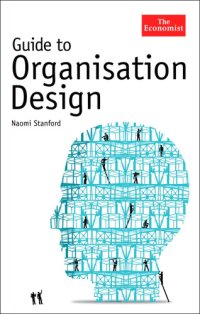5 Measurement; Choosing measurement tools; Measurement principles; Reflections on this case; Tools for this case; Summary; 6 Stakeholder engagement; Five steps of the stakeholder engagement process; Factors indicating stakeholder engagement; Reflections on this case; Tools for this case; Summary; 7 Leadership and organisation design; Formal leadership in organisation design; Informal leadership; Working together;
Reflections on this case; Tools for this case; Summary; 8 Culture and group processes; Organisational culture; Group processes; Reflections on this case; Tools for this case.9 Morphing not future proofing; Why morphing capacity is required; Building the capability to morph; Reflections on this case; Tools for this case; Summary; Notes; General; 1 Introducing organisation design; 2 Models, approaches and designs; 3 Organisational structures; 4 Planning and sequencing the organisation design; 5 Measurement; 6 Stakeholder engagement; 7 Leadership and organisation design; 8 Culture and group processes; 9 Morphing not future proofing; Appendix 1 Organisation design models; Appendix 2 Useful sources of information; Books; Journals, magazines and newspapers.
Business failure is not limited to start ups. Industry Watch (published by BDO Stoy Hayward, an accounting firm) 'predicts that 17,043 businesses will fail (in the UK) in 2006, a further 4 per cent increase from 2005'. In America between 1990 and 2000, there were over 6.3 million business start-ups and over 5.7 million business shut-downs. Risk of failure can be greatly reduced through effective organisational design that encourages high performance and adaptability to changing circumstances. Organisation design is a straightforward business process but curiously managers rarely ta.
Read more... 